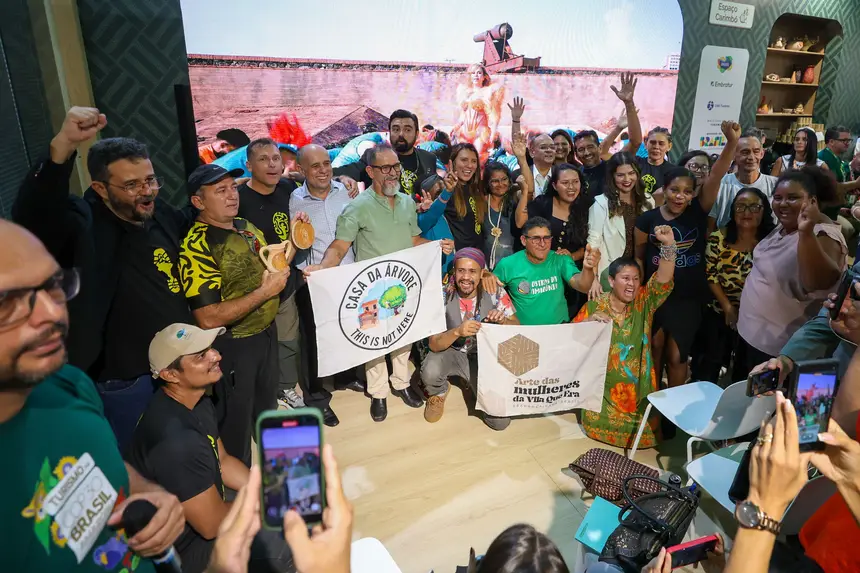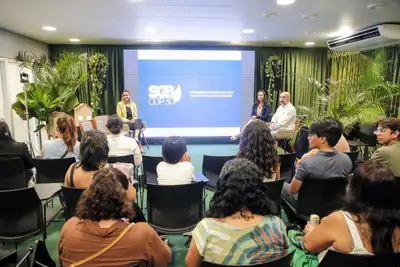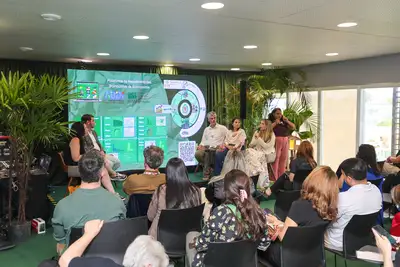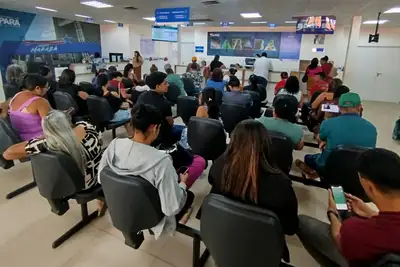Largest marked trail in Latin America launched during COP30
Now, a route previously restricted to experienced adventurers becomes accessible to the general public, with maps, complete signage, community structure, and a permanent commitment to forest protection.

With nearly 460 kilometers crossing Pará, the Atlantic Amazon Trail became, on this Friday (14), the largest marked route in Latin America. The route, launched before the eyes of the world at COP30, represents years of collaborative work among traditional communities, volunteers, governments, and institutions dedicated to conservation. Now, a route previously restricted to experienced adventurers becomes accessible to the general public, with maps, complete signage, community structure, and a permanent commitment to forest protection.
The project is the result of a joint effort by the Brazilian Trail Network, the Ministry of the Environment (MMA), the Ministry of Tourism (MTur), the Brazilian Institute of Tourism (Embratur), the Chico Mendes Institute for Biodiversity Conservation (ICMBio), the Institute for Forest Development and Biodiversity of Pará (Ideflor-Bio), and Conservation International.
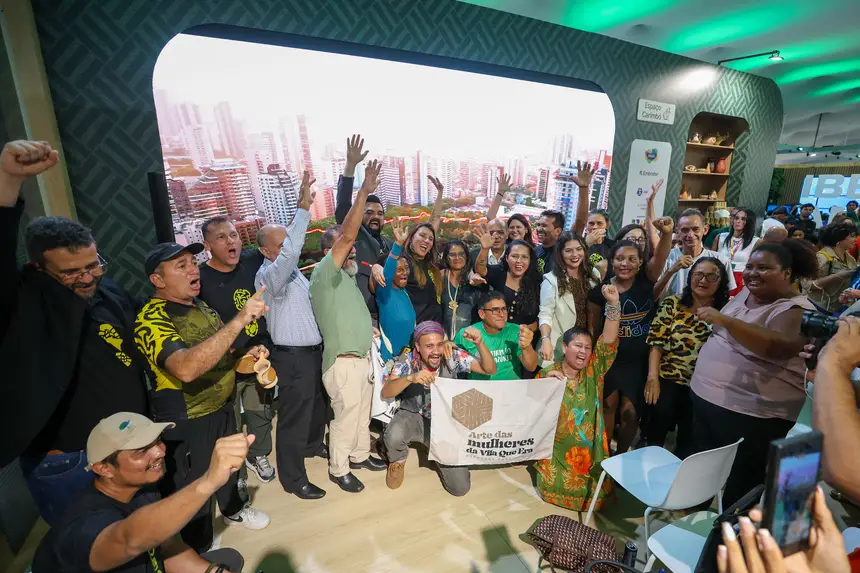
Among the partners, Ideflor-Bio played a decisive role: it ensured, with specialized teams, most of the path's signage, an essential step to provide safety for walkers and cyclists. The result is a trail that respects the landscape, ensures the movement of wildlife, and expands opportunities for community-based tourism in dozens of municipalities in the state.
Connection with nature - The acting Minister of Tourism, Ana Carla Lopes, highlighted the significance of the trail for the country. “The inauguration is symbolic today, but the trail is already fully marked. It passes through 17 municipalities, through so many conservation units, and, above all, it passes through communities. It is an invitation to experience, to connect. The trail has great potential and will continue to grow with training and partnership between the federal government, state government, and municipalities,” she stated. For her, more than a route, the trail is a living space of encounter, wisdom, and joy — and now the challenge is clear: “Shall we hike the trail? Let's go together.”

The expectation of the MMA is that, in the first year of opening, more than ten thousand people will traverse the route, on foot or by bicycle. The new route integrates the National Network of Long-Distance Trails and Connectivity (RedeTrilhas), an initiative that seeks to bring urban Brazil closer to nature, connecting landscapes and stories through conservation and social participation. The Pará route crosses seven conservation units, including the Utinga State Park, the Metropolitan Amazon Wildlife Refuge, and the Environmental Protection Area (Belém), as well as six quilombola territories that preserve unique ways of life and offer hospitality and culture to visitors.
Diversity - The trail also crosses municipalities from Belém to Viseu - passing through Ananindeua, Castanhal, Santa Izabel do Pará, Capanema, Bragança, and many others. Each section reveals a different Amazon, where forests, rivers, rural areas, quilombola communities, and cities meet. According to Ideflor-Bio, this diversity makes the route not only an environmental experience but also a social and cultural one, allowing authentic experiences with local residents, artisans, farmers, cooks, and young entrepreneurs.
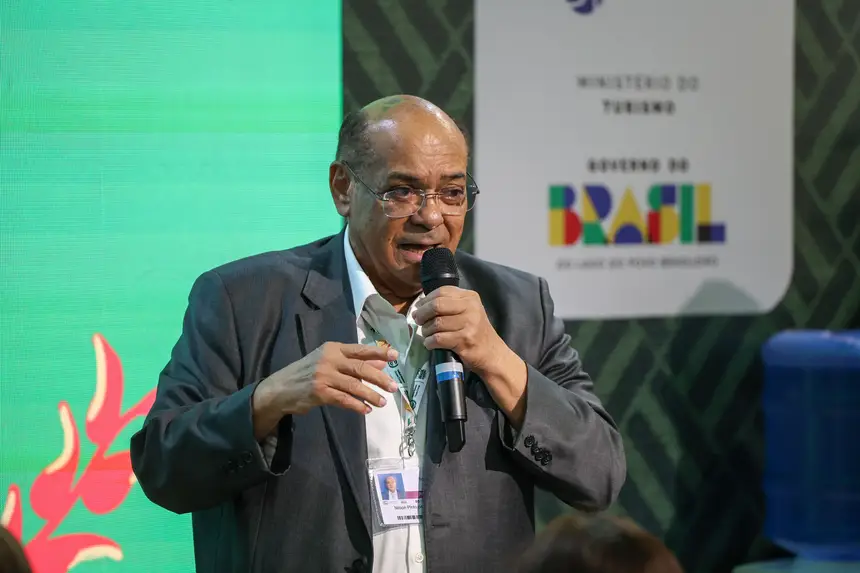
For the president of Ideflor-Bio, Nilson Pinto, the trail is the result of a collective construction that consolidates a historic milestone. “After five years, we are inaugurating the Atlantic Amazon Trail. It involved the population, municipalities, state government, and federal government. The state participated in the training and the assembly of most of the signage, which is fundamental for users. It is a trail that preserves ecology, supports the local population, and is also a pilgrimage: it takes pilgrims from Bragança to Belém during the Círio de Nazaré and returns for the feast of São Benedito. It is complete and fills us with happiness,” he celebrated.
Community involvement - Initially conceived from routes used by cyclists, the initiative gained strength with the involvement of communities that wanted to better welcome visitors. For the manager of the Administrative Region of Belém and president of the Brazilian Trail Network, Júlio Meyer, the route exceeds expectations. “It is a movement that was born from the bottom up. With the support of Ideflor-Bio, MTur, MMA, ICMBio, and the municipalities, we are implementing a unique product to boost ecotourism in Pará. Now, we have the most marked trail in Latin America, launched at COP30, before the eyes of the world. It is a national and international reference,” he noted.

Technology in the service of ecotourism - Technology also contributes to the structuring effort. The digital platform eTrilhas, selected by EmbraturLAB, integrated the project and will make life easier for those traversing the path. Through the app, travelers will be able to locate accommodations, restaurants, support services, and contacts of entrepreneurs along the route. Access will be simple: a QR code installed in establishments will allow tourists to contact service providers directly, strengthening the local economy and ensuring transparency and proximity.
This community protagonism is central to the project, as emphasized by the president of the Atlantic Amazon Trail, Bruno Borges. “In addition to creating a mechanism for visitors to have fun, we are providing opportunities for entrepreneurs to emerge along the trail. Many people are already investing in accommodations, bicycle transport services, washing, and food. It is real income generation for those living along the way,” he explained.
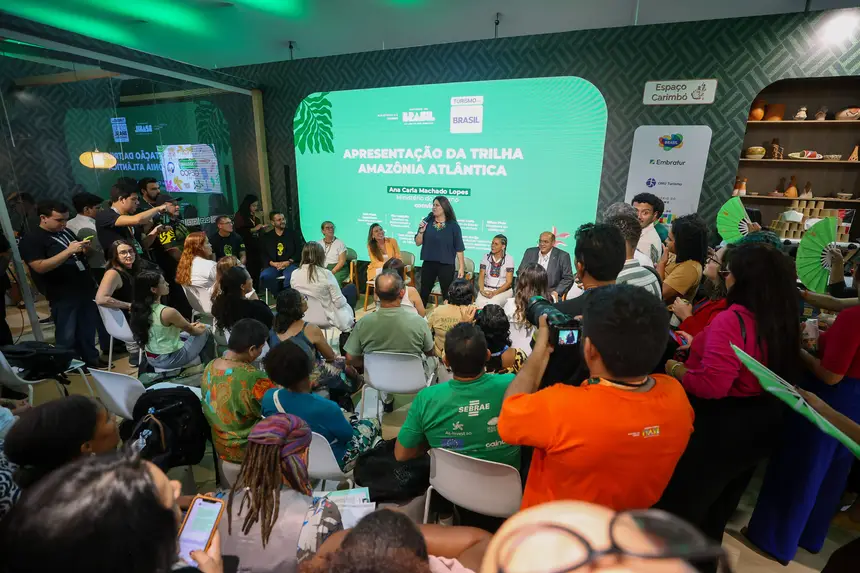
For him, the trail is a platform for social innovation that transforms landscapes and lives. “Pará stands out with a development model that integrates conservation, sustainable tourism, and cultural appreciation. The Atlantic Amazon Trail thus becomes not only the largest in Latin America but also a symbol of hope: a path that unites forests, quilombos, cities, and people, placing Brazil at the forefront of global community ecotourism offerings,” concludes Bruno Borges.


